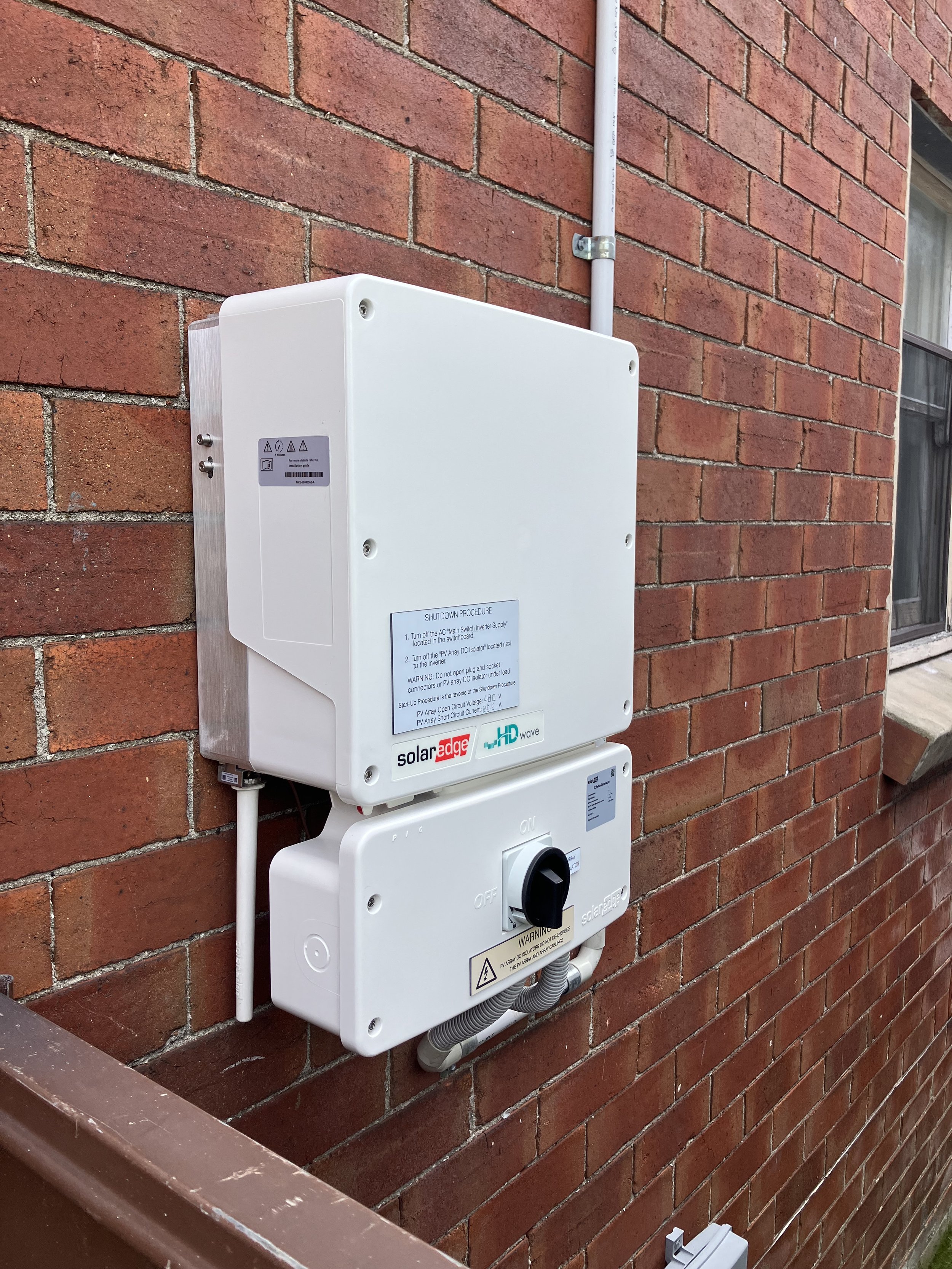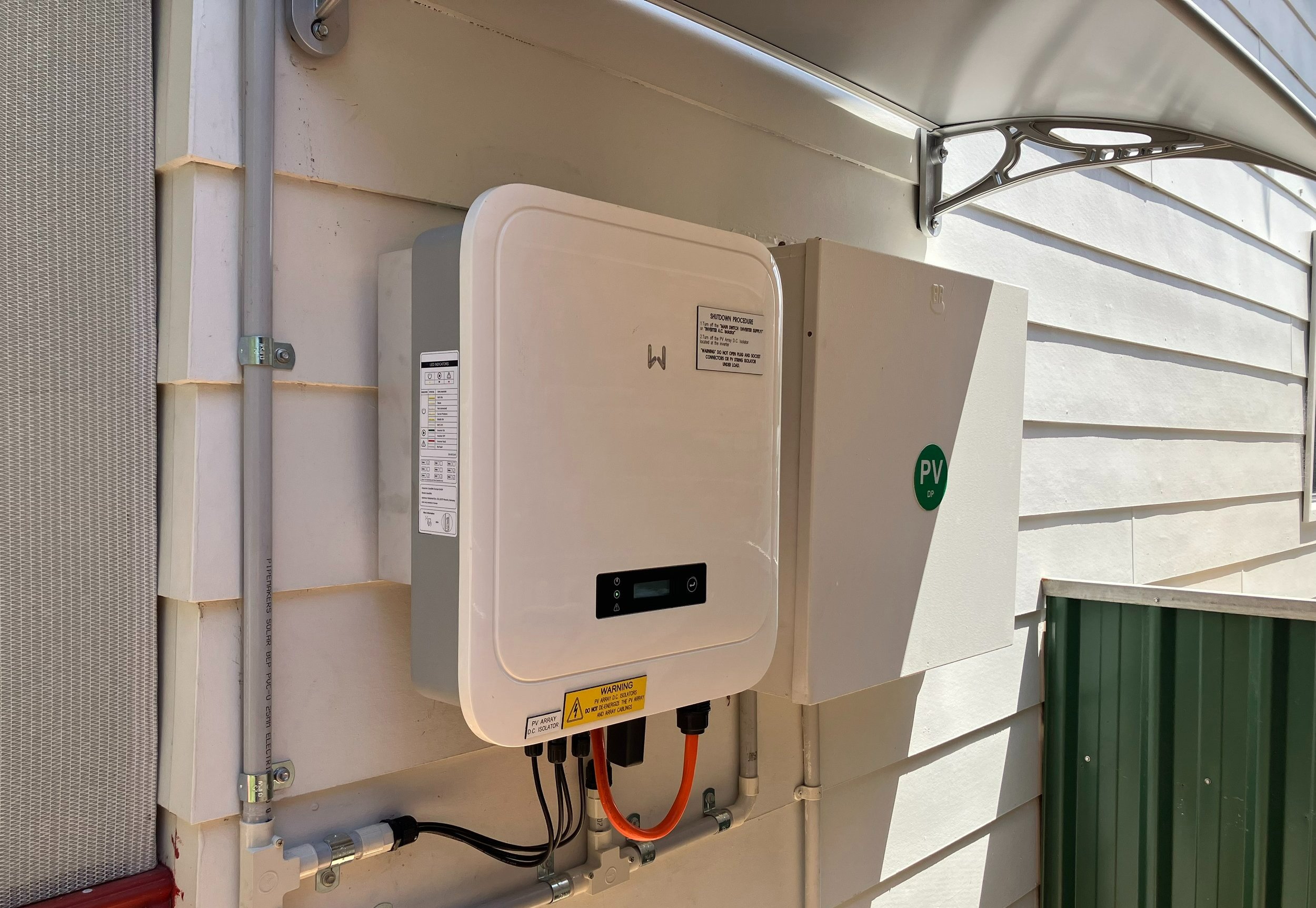Solar System Reliability
RELIABILITY - Why you need it in a Solar System
Welcome to the world of solar power. If you're exploring the idea of going solar, you're in the right place. In this article, we’ll talk about a topic that we think you should consider highly, as it will impact the overall economies of your system. It goes hand in hand with choosing a competent installer who knows what they are doing. The topic is reliability.
Understanding Reliability
Reliability must be a strength of your solar system. It signifies the assurance that your system operates seamlessly, remains steadfast in diverse conditions, demands minimal maintenance, harbours a low probability of malfunctions, and the system can be returned online quickly in the event of a breakdown. We can define it more technically.
"Reliability in a solar system implies consistent high performance, resilience under varied and constant usage scenarios, ease of maintenance, minimal susceptibility to issues and ease of maintenance, ensuring a robust and dependable solar power experience."
The Importance of Reliability in Solar
Since investing in a solar system constitutes a substantial financial outlay, a reliable system seeks to safeguard your investment. Unreliable systems are predisposed to breakdowns, pose maintenance challenges, and will fall short of anticipated performance, resulting in increased system downtime. This counteracts the very purpose and reason as to why you installed solar in the first place and will set you back financially.
Attributes of a Reliable Solar System
Building a reliable solar system stems from sound design and installation procedures, and there are several attributes that contribute to the overall reliability of a solar setup. These are;
System Topology: Choose a system topology (either an optimised or string system) that will suit the intended installation conditions. This is done in consideration of the surrounding installation conditions and must consider possible shading issues, variability of solar irradiance throughout the year, and other design considerations, such as the complexity of the overall system.
System Design & Configuration: Size the solar system appropriately based on energy consumption patterns and available roof space.
Professional Installation: Use certified and experienced solar installers to ensure proper installation and adherence to local regulations. Ensure the installation follows best practices for safety and performance and that installers are Clean Energy Council accredited (CEC Accreditation)
Regular Maintenance: Establish a routine maintenance schedule to inspect and clean solar panels, check wiring and connections, and ensure all components are functioning correctly. The requirements for maintenance will be outlined in the operation and maintenance manual of the installed system.
System Monitoring: Ensure the system monitoring is set up and functioning correctly to measure energy production, detect faults or malfunctions, and receive alerts.
Compliance with Standards: Ensure the solar system complies with local electrical and safety regulations. Adherence to standards enhances safety and reliability throughout the life of the system.
How The Type of System Affects Reliability
An attribute of system reliability that we will focus on for the remainder of this blog stems from the choice in system topology. System topology refers to the type of system installed. The two most common types of system topologies that are installed are;
Optimised
Seeks optimal output from each solar panel via the installation of a DC optimiser (also referred to as module-level power optimisers, or MLPE’s) under each panel to individually adjust and control the power output. The main components are;
Solar panels
Inverter
DC Optimisers
An example of a DC optimiser is those that are used by the Company SolarEdge.
String System
This is how most solar systems were set up, and it’s still the most popular choice of system. It’s straightforward, and the entire system is controlled through the string solar inverter. The main components are;
Solar panels
String Inverter
Which system should I choose?
The claim for optimised systems is generally brought about when the installation surroundings are particularly difficult. Shade from neighbouring trees and buildings is a common strategy when optimised systems are deployed, and these optimisers seek to treat the panels on an individual basis rather than on a system basis – claiming greater control and, therefore, greater overall system output.
Conventional string systems, although the overall schematic of the system has not changed, the technology is constantly improving. Many inverters come in with their own integrated shade control solution – so much so that in some shaded scenarios, the string inverters outperformed the optimised system in a shaded condition. For an example of this, read SMA’s ShadeFix whitepaper.
You should consult with your solar designer as they will have the best idea on which system to choose based on your particular circumstances, but keep in mind that more electronics = more points of failure.
Simple Mathematics Around Probability
There is a law called Lusser’s Law. Lusser’s law suggests that each component in a system has a component reliability value. If you mathematically equate these values, the law proves that the system with more components has a lesser overall reliability index.
More components = lesser overall reliability.
Less component = greater overall reliability
An optimised system has a much larger component count (DC optimisers are full of electronics). So, in this case, it is easy to see how Lusser’s Law will equate to these systems having lesser overall reliability than a string system.
What About My Experience?
In my journey with solar systems, I've heavily used both optimised and string systems. I have personally installed 1000’s of DC optimisers, and I have seen firsthand how they deal well with certain climatic and tricky design conditions.
However, I have also seen and have been subjected to failing optimisers. It is no surprise that the optimisers fail – any electronic component will fail and there are specific failure rates in all systems. Seeking to increase the number of electronic components can only lead to a proportionate increase in failures. When these optimisers fail, rectifying is generally a laborious and time-consuming process.
String inverters and inverters which control optimisers all look the same. One of the above inverters controls optimisers. Can you guess which one?
Wrap up
Choosing a solar system that adheres to the above attributes will increase the system's overall reliability. It’s an important consideration and will affect your financial outcome if it is not done correctly.
A primary attribute of a solar system is the topology or type of system. I believe optimised systems still have a place in the industry, but we see it as more of a specialist installation now. In contrast, before, we would recommend it in generally any shaded situation.
Now that string system technology has improved to a point where inverters can manage the solar system and produce exceptional power management and output in similarity with those that are optimised (in certain shaded conditions), in these cases, we prefer the simple string system due to the reduction in overall component use and overall increased system reliability index it produces.
We believe referring back to the oldest principle in the book is a surefire way to increase your overall reliability of the system and to ensure that your solar doesn’t just produce power in year one and two, but is still going strong after ten years. The KISS principle. (Keep it simple stupid)
About the Author
Alexander Pantel serves as the Director and Owner of Newy Solar Co, a prominent solar design and installation business based in Newcastle, NSW, that specialises in providing exceptional solar power design and installation experiences to its customers. This is achieved through the business’s main focus on thoroughly understanding the client’s needs and then designing and installing the optimum system.
Alexander holds an unrestricted Electrical Contractor License, Design & Installation Accreditation from the Clean Energy Council, and a Bachelor of Project Management.





